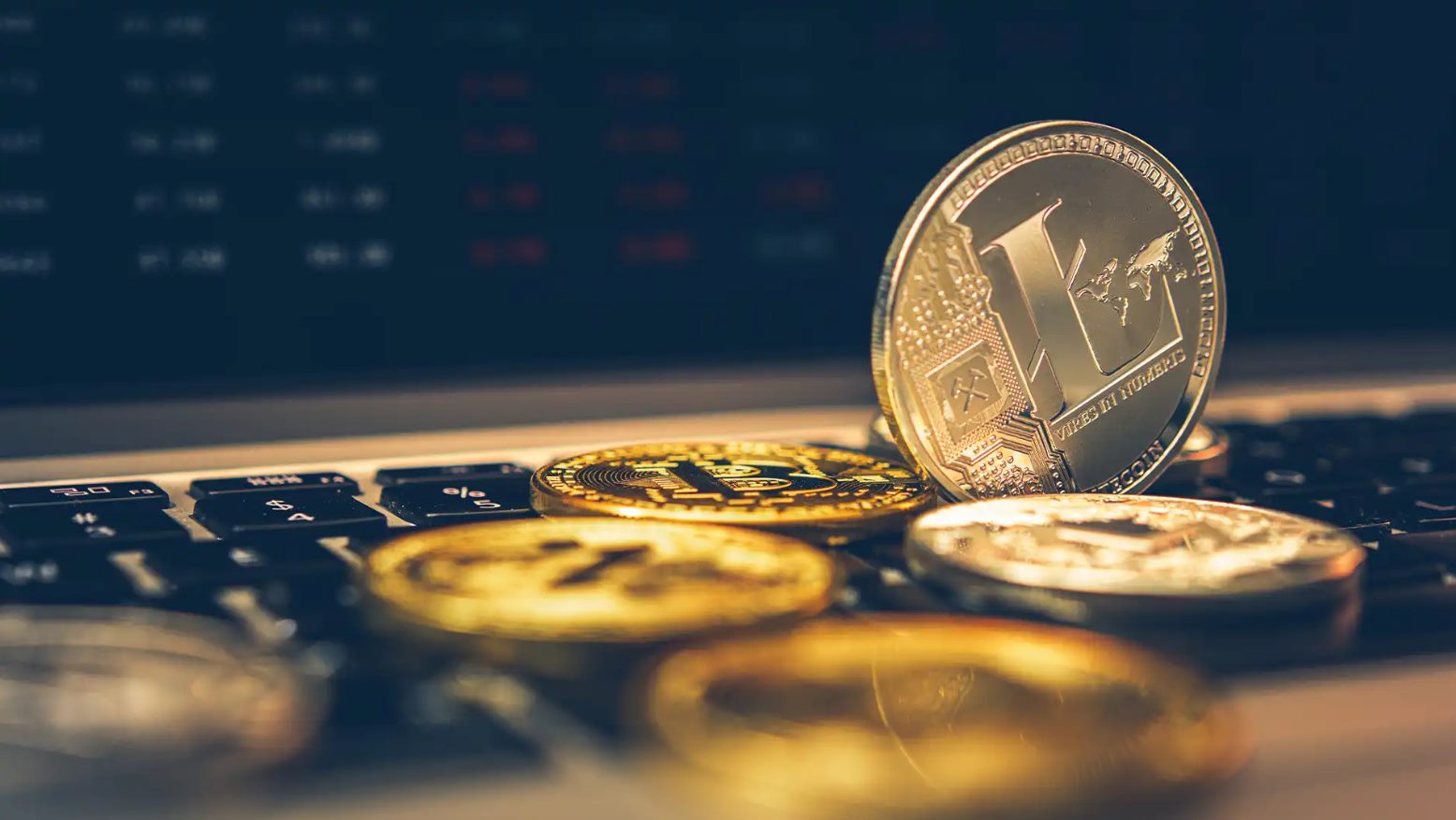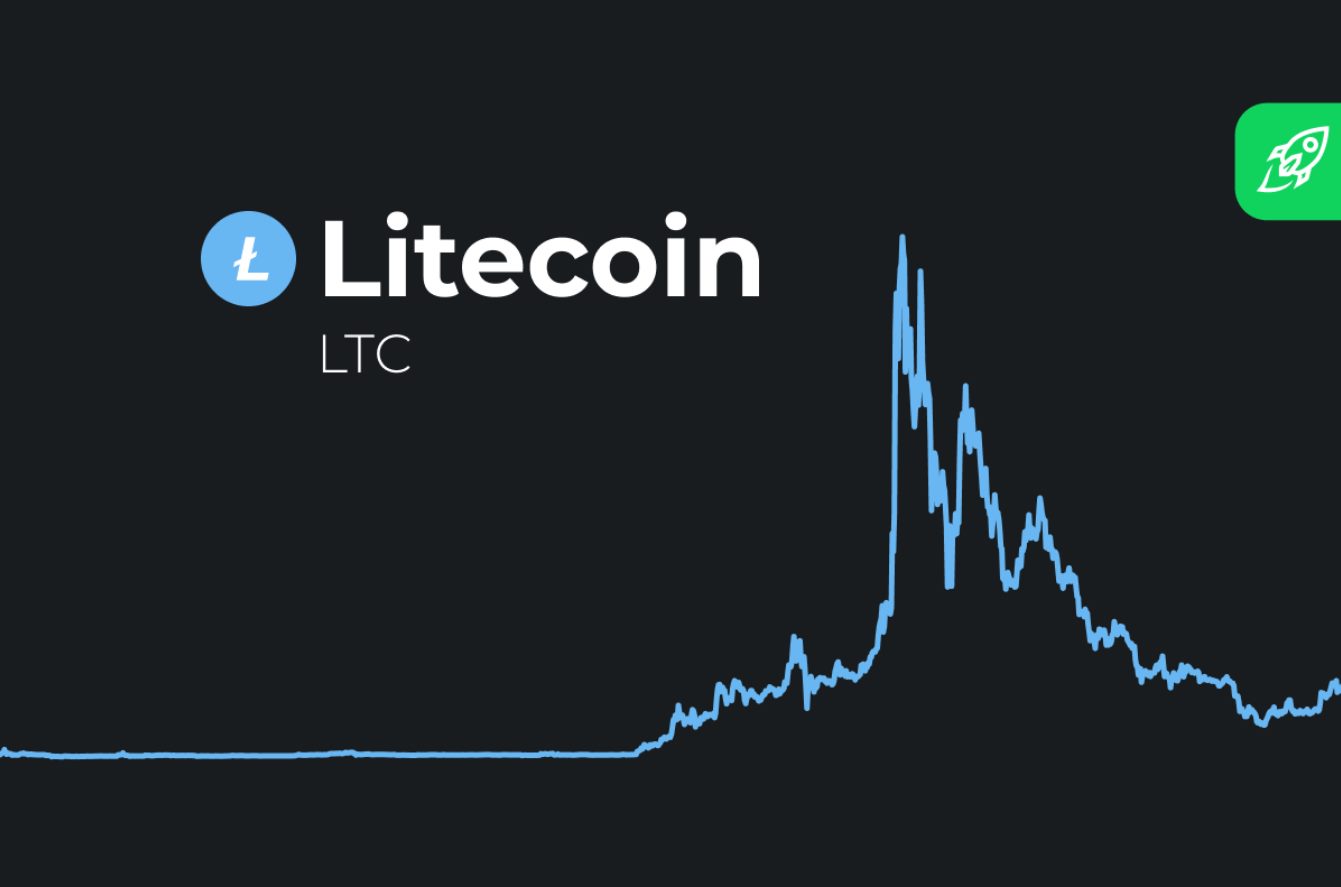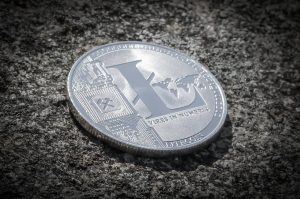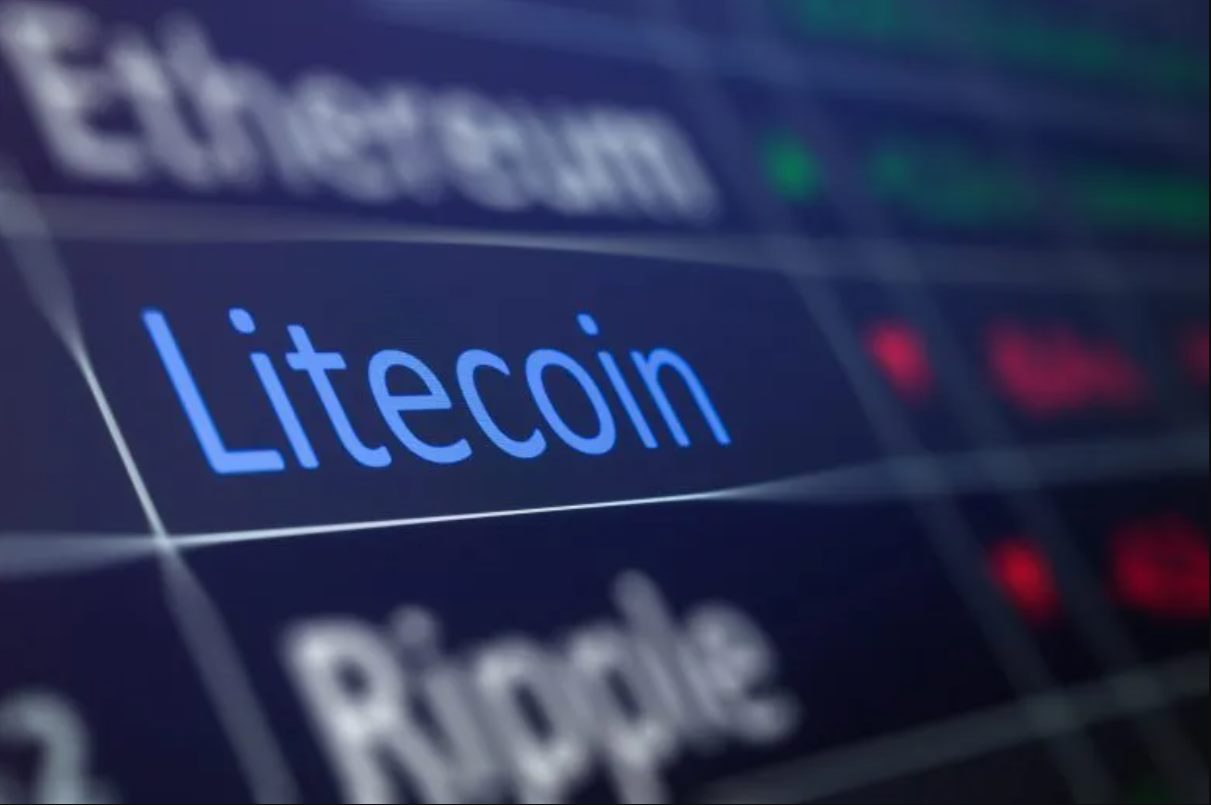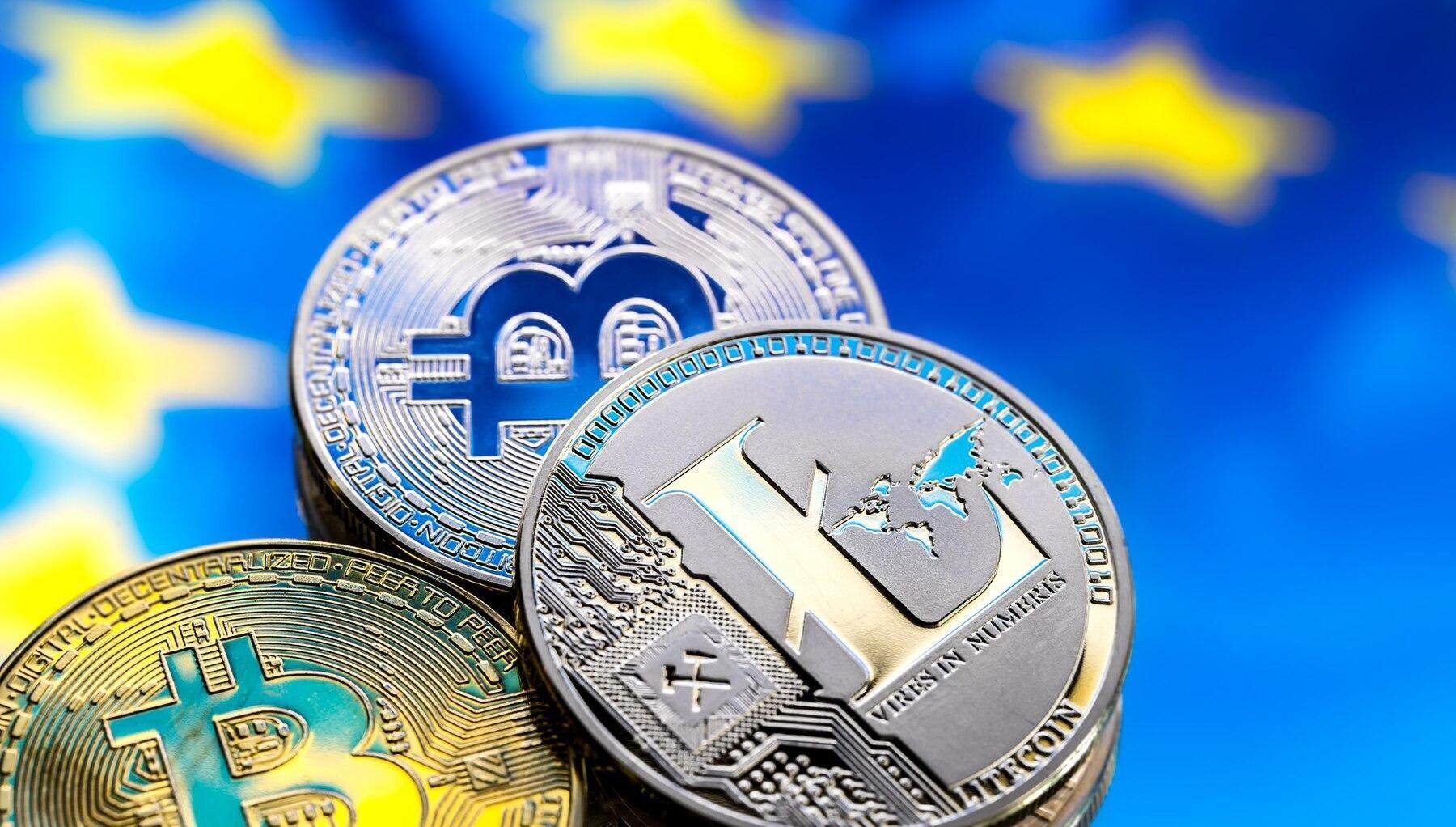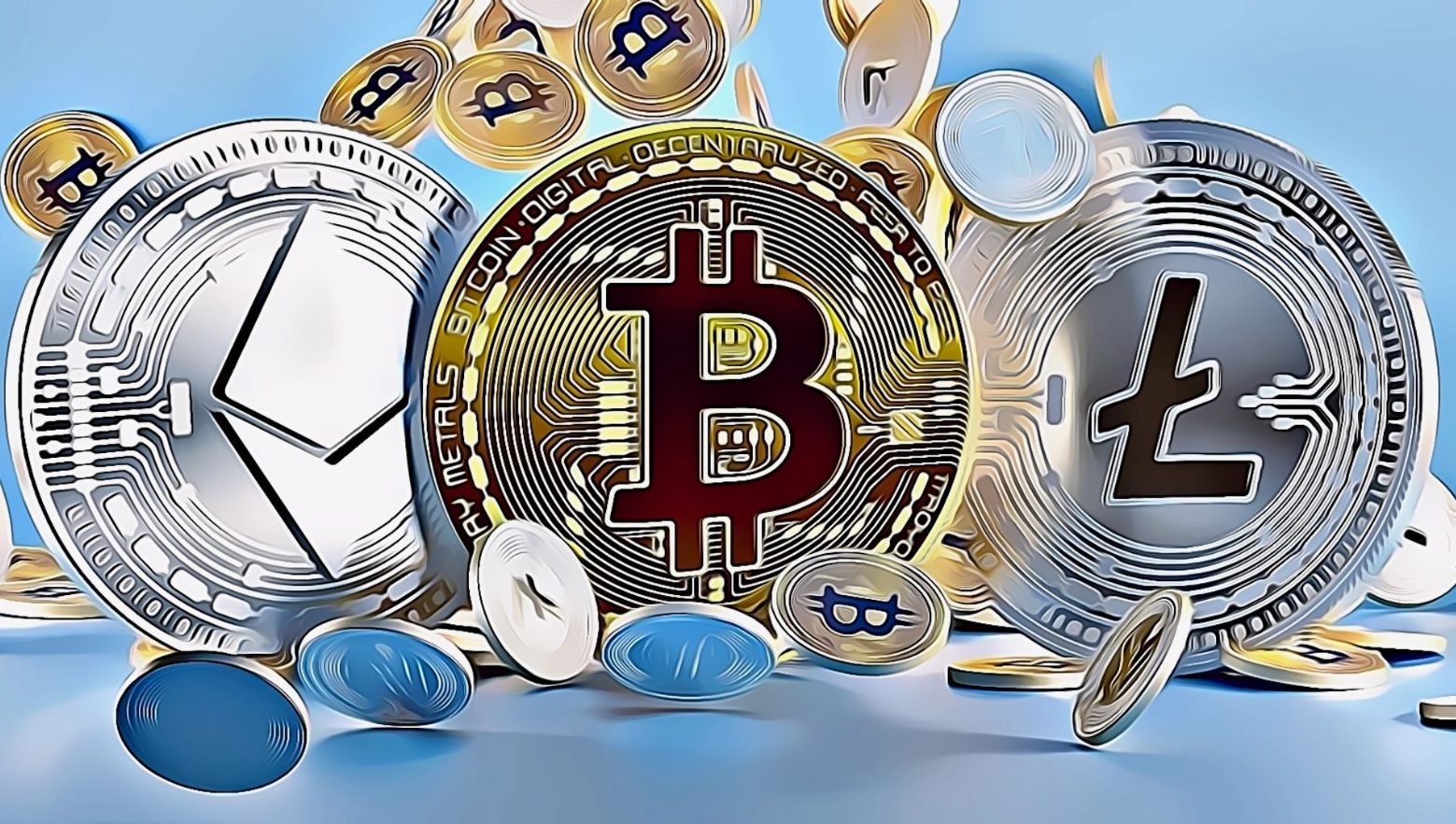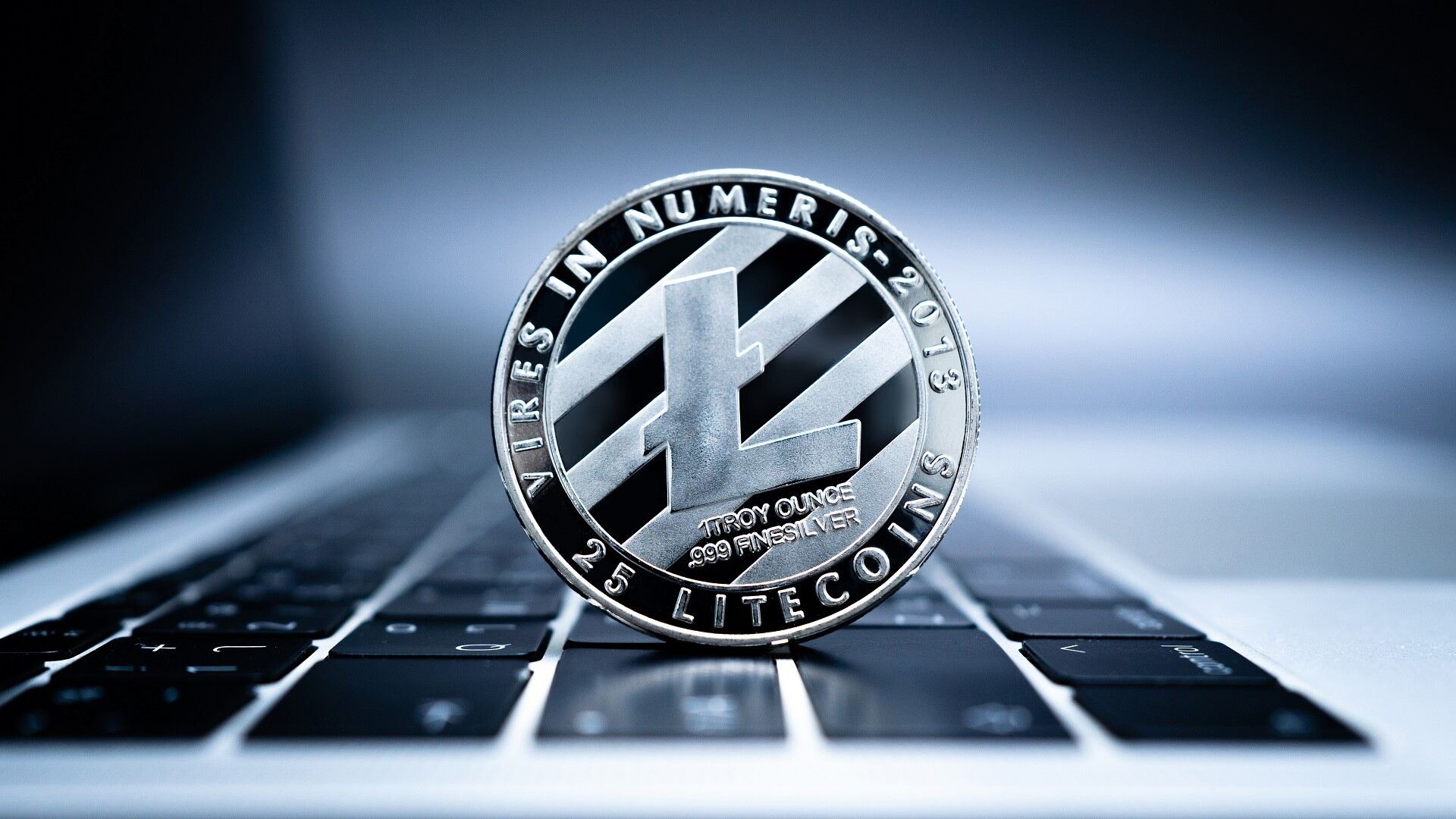Introduction
Over the past few months, the cryptocurrency market has witnessed a significant and unexpected drop in the price of Litecoin. As one of the leading digital currencies, Litecoin has garnered a devoted following and has often been favored as a potential alternative to Bitcoin. However, recent market trends have caused some concern among investors and enthusiasts.
Litecoin, often referred to as “digital silver,” was created by Charlie Lee in 2011 as a peer-to-peer cryptocurrency. Its primary goal was to provide a faster and cheaper alternative to Bitcoin, with transactions processed four times faster than its counterpart. With its promising features and growing popularity, Litecoin experienced a remarkable surge in value, reaching an all-time high in 2017. However, since then, its price has experienced a steady decline.
This article aims to explore the primary factors contributing to the ongoing drop in Litecoin’s price and the overall market sentiment surrounding the cryptocurrency. By analyzing various elements such as scarcity and inflation, competitor pressure, negative investor sentiment, regulatory concerns, and lack of new developments, we can gain a better understanding of the current situation.
It is important to note that the cryptocurrency market is highly volatile, and price fluctuations are not uncommon. However, the sustained decline in Litecoin’s value deserves attention, as it may signal underlying issues affecting investor confidence and market dynamics. By examining these factors, we can gain insights into the potential future trajectory of Litecoin and identify opportunities for growth and improvement.
Your journey through this article will provide a comprehensive analysis of the current situation surrounding Litecoin, shedding light on the reasons behind its price decline. This examination aims to help investors, enthusiasts, and industry observers grasp the broader market trends and make more informed decisions when it comes to cryptocurrency investments.
Market Analysis
To understand the current decline in the price of Litecoin, it is crucial to conduct a comprehensive analysis of the overall cryptocurrency market. In recent months, the market has experienced increased volatility, with several factors impacting the prices of various digital currencies.
One key factor is the high correlation between Bitcoin and other cryptocurrencies, including Litecoin. Bitcoin has historically been the driving force behind market movements, often dictating the direction in which other digital assets move. Therefore, fluctuations in Bitcoin’s price have a ripple effect throughout the cryptocurrency market, impacting Litecoin as well.
Another aspect to consider is the general sentiment towards cryptocurrencies. Market sentiment can be influenced by various factors, including economic conditions, regulatory announcements, and public perception. Negative sentiment surrounding the cryptocurrency market as a whole can have a detrimental effect on Litecoin and other digital currencies.
The rise of other competitors within the cryptocurrency space is also worth noting. While Litecoin was initially seen as a viable alternative to Bitcoin, several newer projects have emerged, offering unique features and technologies. This increased competition puts pressure on Litecoin’s market share and can impact its price performance.
Liquidity is another crucial factor that influences market dynamics. The ease of buying and selling cryptocurrencies plays a significant role in their overall value and stability. With increasing regulations and restrictions in some regions, liquidity for cryptocurrencies has been affected, leading to reduced trading volumes and potential price drops.
It is important to consider both short-term and long-term factors in market analysis. Short-term factors, such as news events, can trigger sudden price movements, while long-term factors, such as adoption rates and technological advancements, influence the overall growth and potential of a cryptocurrency.
Overall, the current market analysis indicates that Litecoin’s price decline cannot be attributed to a single factor. Rather, it is the culmination of various elements impacting the broader cryptocurrency market. By closely monitoring these factors and keeping a pulse on market trends, investors can gain insights into the potential future trajectory of Litecoin and make informed decisions regarding their investments.
Scarcity and Inflation
One of the key factors contributing to the recent drop in Litecoin’s price is the concept of scarcity and inflation within the cryptocurrency ecosystem. Both scarcity and inflation play a significant role in determining the value and stability of a digital currency.
Litecoin was built upon the principle of scarcity, with a capped supply of 84 million coins. This limited supply was intended to create a sense of scarcity and value, similar to how gold is regarded as a precious asset due to its finite quantity. This scarcity factor initially attracted investors and created a positive price momentum for Litecoin.
However, as time has passed, the concept of inflation has come into play. While the total supply of Litecoin is fixed, new coins are generated through the mining process. Litecoin utilizes a proof-of-work consensus algorithm, which requires miners to solve complex mathematical problems to validate transactions and add new blocks to the blockchain. Miners are rewarded with newly minted Litecoin as an incentive for their computational work.
As more Litecoin is mined, it enters the circulating supply, potentially diluting the scarcity factor. This increase in supply can lead to a decrease in price if the demand does not keep up. Additionally, the reward halving event that occurs roughly every four years reduces the rate at which new coins are introduced, further impacting the supply and potential inflation rate of Litecoin.
Another aspect to consider is the influence of Litecoin’s creator, Charlie Lee, who famously sold his entire Litecoin holdings in 2017. While Lee’s decision was motivated by a desire to eliminate any perceived conflicts of interest, it highlighted the potential impact of a single individual’s actions on market sentiment and confidence. Such actions can create a sense of uncertainty and add downward pressure on the price of Litecoin.
It is essential for investors to closely monitor the scarcity and inflation dynamics of Litecoin, as they can have a significant impact on its value. By understanding the supply dynamics, including mining rewards and halving events, investors can gauge the potential future price movements of Litecoin and make informed decisions based on their assessment of supply and demand forces.
Competitor Pressure
One of the contributing factors to the decline in Litecoin’s price is the growing competition within the cryptocurrency market. While Litecoin was once considered a major player and potential alternative to Bitcoin, it now faces stiff competition from newer and more innovative projects.
When Litecoin was launched in 2011, it offered faster transaction confirmation times and a more efficient mining algorithm than Bitcoin. These features helped it gain popularity and establish a strong presence in the cryptocurrency community. However, as time passed, other cryptocurrencies emerged, offering similar or even superior features.
For example, projects like Ethereum and Ripple introduced smart contract functionalities and focused on solving specific industry pain points, which appealed to a broader range of users and investors. These newer projects gained significant attention and market share, diverting attention away from Litecoin.
Furthermore, the rise of decentralized finance (DeFi) has also affected Litecoin’s position in the market. DeFi platforms offer a wide range of financial services, including lending, borrowing, and trading, all powered by blockchain technology. These platforms often have their native tokens, creating fierce competition within the ecosystem.
Litecoin’s limited utility beyond being a digital currency has also contributed to increased competitor pressure. While Bitcoin has captured mainstream attention as a store of value, Litecoin’s positioning as a “silver to Bitcoin’s gold” has been overshadowed by the emergence of a diverse range of cryptocurrencies suited for various use cases.
It is crucial for Litecoin to differentiate itself and showcase its unique value proposition to attract users and investors. Collaborations with other projects, strategic partnerships, and the development of new features and functionalities can help Litecoin regain its competitive edge.
It is worth noting that competition within the cryptocurrency market is healthy and can drive innovation and progress. However, it also poses challenges for established cryptocurrencies like Litecoin, as they must continuously evolve to stay relevant and appealing to users and investors.
Investors should closely monitor the competitive landscape and assess whether Litecoin can address the challenges posed by its rivals. By staying informed and remaining adaptable to market dynamics, investors can make more informed decisions regarding their Litecoin holdings.
Negative Investor Sentiment
Negative investor sentiment has played a significant role in the decline of Litecoin’s price in recent times. Investor sentiment, often driven by market perceptions, news events, and external factors, can strongly influence the demand and value of a cryptocurrency.
One contributing factor to negative investor sentiment is the overall volatility of the cryptocurrency market. The market is notorious for its price fluctuations, which can lead to uncertainty and apprehension among investors. Sharp price drops and sudden market corrections can erode investor confidence in cryptocurrencies, including Litecoin.
Frequent news headlines highlighting regulatory concerns and potential market manipulations have also added to the negative sentiment surrounding cryptocurrencies. Regulatory actions and statements from government authorities can create fear and uncertainty among investors, leading to a decrease in demand for Litecoin and other digital assets.
Cryptocurrency scams and security breaches have also negatively impacted investor sentiment. High-profile cases of hacking incidents or fraudulent schemes have raised concerns about the security and trustworthiness of digital assets, which can lead to a loss of confidence in the broader market. Even if Litecoin itself has not been directly affected by such incidents, the negative sentiment can spill over to other cryptocurrencies as well.
Furthermore, the long-standing association of cryptocurrencies with illegal activities has created a negative perception among some investors and the general public. The anonymous nature of transactions and the perception that cryptocurrencies facilitate illicit transactions have contributed to a sense of mistrust and caution.
With the rise of social media and online forums, the influence of influencers and online communities on investor sentiment cannot be overlooked. Negative sentiment can quickly spread through social channels and create a snowball effect, impacting the demand and price of cryptocurrencies like Litecoin.
It is essential for investors to assess the underlying fundamentals and potential long-term value of Litecoin independently, rather than solely relying on market sentiment. By conducting thorough research, understanding the project’s technology, team, and adoption potential, investors can make more informed decisions and mitigate the impact of negative sentiment.
Monitoring news developments, regulatory actions, and industry trends can help investors gauge the prevailing sentiment and make necessary adjustments to their investment strategies. While negative investor sentiment can influence short-term price fluctuations, it is crucial to take a long-term perspective and focus on the fundamentals of Litecoin when assessing its true value.
Regulatory Concerns
Regulatory concerns have been a significant factor contributing to the decline in Litecoin’s price. Cryptocurrencies operate in a complex and evolving regulatory landscape, with different jurisdictions taking varied approaches in their treatment of digital assets.
One of the primary regulatory concerns for cryptocurrencies like Litecoin is the lack of clarity surrounding their legal status. Different countries have different opinions on whether cryptocurrencies should be classified as currencies, commodities, securities, or something else entirely. The lack of uniformity creates uncertainty and can hinder the adoption and acceptance of cryptocurrencies in mainstream finance.
Regulatory actions and announcements can have a significant impact on investor sentiment and market dynamics. In recent years, there have been instances where countries have imposed strict regulations, such as bans on cryptocurrency exchanges or restrictions on initial coin offerings (ICOs). These actions can create fear and uncertainty among investors, leading to a decrease in demand for cryptocurrencies like Litecoin.
Money laundering and terrorism financing concerns have also prompted regulatory bodies to scrutinize the cryptocurrency industry. Cryptocurrencies’ anonymous nature and potential for cross-border transfers have raised red flags among regulators, prompting the implementation of know-your-customer (KYC) and anti-money laundering (AML) regulations. While these regulations aim to safeguard the financial system, they can also burden cryptocurrency exchanges and users.
The lack of clarity on tax regulations for cryptocurrencies is another area of concern. Different tax authorities have different approaches to taxing digital assets, leading to confusion and potential compliance issues for individuals and businesses involved in cryptocurrency transactions. The uncertainty surrounding tax obligations can add to the negative sentiment surrounding cryptocurrencies like Litecoin.
However, regulatory concerns are not solely negative for cryptocurrencies. Increasingly, regulatory efforts are being made to establish clearer guidelines and frameworks for the industry. The recognition of cryptocurrencies as a legitimate asset class by some countries and the development of regulatory sandboxes offer potential opportunities for growth and adoption.
It is crucial for investors to stay updated on the evolving regulatory landscape and its potential impact on Litecoin. Understanding the legal framework and compliance requirements can help investors navigate regulatory concerns and make informed decisions. Additionally, advocating for clear regulations and engaging with regulatory authorities can contribute to a more favorable environment for cryptocurrencies in the long run.
Overall, regulatory concerns surrounding cryptocurrencies like Litecoin have had a notable effect on investor sentiment and market dynamics. As the industry continues to mature and regulations become more defined, it is essential for investors to monitor developments closely and adjust their strategies accordingly.
Lack of New Developments
The lack of significant new developments within the Litecoin ecosystem has been a contributing factor to the recent decline in its price. In a rapidly evolving industry like cryptocurrencies, innovation and continuous development are crucial to staying ahead of the competition and maintaining investor interest.
Litecoin, while once seen as a promising alternative to Bitcoin, has seen limited advancements and new features in recent years. This lack of significant updates and improvements may have diminished its appeal to investors seeking innovative and cutting-edge projects in the cryptocurrency space.
While Litecoin’s focus on being a fast and efficient digital currency has served it well, it may now face challenges in differentiating itself from other cryptocurrencies. With the emergence of newer projects that offer advanced functionalities, such as smart contracts or scalability solutions, Litecoin’s relatively straightforward approach may appear less attractive to investors seeking greater utility.
Furthermore, the community and developer activity surrounding Litecoin plays a crucial role in driving innovation. A vibrant and engaged community can contribute to the development of new features, partnerships, and integrations. However, if community engagement diminishes or development activity slows down, it can lead to stagnation and a decrease in investor interest.
Litecoin’s development team consists of a dedicated group of individuals, but the pace of new feature releases and updates has been relatively slow compared to some other projects. This lack of urgency in delivering notable advancements could be seen as a missed opportunity to capture investor attention and differentiate Litecoin from its competitors.
However, it is essential to note that major technological breakthroughs or significant updates may take time to develop and implement. Quality should always take precedence over rapid but potentially flawed innovations. The Litecoin team may be focused on ensuring the stability and security of the network before introducing new features.
To reinvigorate investor interest and market momentum, Litecoin needs to showcase its commitment to ongoing development and innovation. Collaborations with other projects, partnerships with companies outside the cryptocurrency industry, and the exploration of new use cases can help generate excitement and attract fresh investment.
Investors should closely monitor Litecoin’s roadmap and development updates to assess the potential for new features and improvements. Evaluating the team’s ability to deliver on their promises and engage with the community can provide valuable insights into the future direction of Litecoin.
In summary, the lack of significant new developments within the Litecoin ecosystem has had an impact on its price performance. To regain investor interest and market momentum, Litecoin will need to demonstrate its commitment to innovation and differentiation within the cryptocurrency space.
Conclusion
The recent decline in the price of Litecoin can be attributed to several factors, including market analysis, scarcity and inflation, competitor pressure, negative investor sentiment, regulatory concerns, and a lack of new developments. These factors have contributed to a challenging environment for Litecoin and the broader cryptocurrency market.
Market analysis indicates that Litecoin’s price is influenced by the overall volatility of the cryptocurrency market, as well as the correlation with Bitcoin. Additionally, increasing competition from newer projects has put pressure on Litecoin’s market share and position within the industry.
The concept of scarcity and inflation plays a significant role in determining Litecoin’s value. While its capped supply creates a sense of scarcity, the mining process introduces new coins into circulation, potentially impacting the value if the demand does not keep up. The actions of its creator and prominent figures in the community also affect investor sentiment.
Negative investor sentiment has been fueled by the market’s volatility, regulatory concerns, and security breaches. Government regulations, lack of clarity regarding legal classifications, and tax implications have created uncertainty and hindered widespread adoption of cryptocurrencies like Litecoin.
Furthermore, the lack of significant new developments within the Litecoin ecosystem has affected its appeal to investors seeking innovative features and functionalities. The pace of updates and engagement from the development team and community plays a crucial role in driving investor interest.
To navigate these challenges, investors should stay informed about market trends, regulatory developments, and ongoing projects within the cryptocurrency space. Assessing the potential long-term value and utility of Litecoin, beyond short-term price fluctuations, is vital for making informed investment decisions.
While the current market conditions may be challenging, it is important to remember that the cryptocurrency market is highly dynamic and subject to rapid changes. Any analysis of the potential future trajectory of Litecoin should be taken with caution, as unforeseen events or developments may significantly impact its price and standing within the industry.
Investors should conduct thorough research, stay updated on industry news, and consider their risk tolerance and investment objectives when making decisions regarding Litecoin and other cryptocurrencies. By taking a strategic and informed approach, investors can navigate the complexities of the cryptocurrency market and potentially capitalize on future opportunities.







